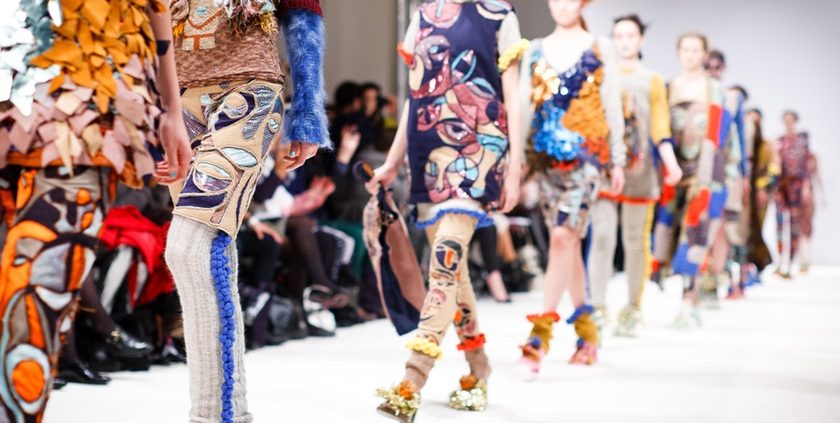How to PR a ‘see now, buy now’ London Fashion Week
London Fashion Week has grown from an exclusive event which hosted previews of premium fashion lines months ahead, to an occasion where consumers can buy items “off the runway”. Comms pros from Portas, Push PR and W talk to Gorkana about how this has created a new media environment to work in.
Ahead of London Fashion Week – which runs from 16 – 20 September – Topshop became the latest retail brand to announce that it would take a ‘runway-to-retail’ initiative. The high street retailer is offering consumers the chance to buy pieces of its fashion line directly “off the runway”.
Topshop joins a host of brands – from Burberry to Tommy Hilfiger – offering similar retail opportunities.
While this way of working aims to keep up with the ‘on-demand’ generation, it also poses challenges. When it comes to communications, brands have to ensure their digital infrastructure can withstand this demand and ensure they can deliver information about their offer at a much quicker pace.
Comms experts in the fashion industry tell Gorkana how to make the most of this new environment.
Start the PR campaign from the runway
Richard Tompkins, W’s MD, says that the lifecycle of a PR campaign has changed as Fashion Week has evolved.
“The requirement has evolved for the agency, with the show being the start of a PR journey, which kick starts an ongoing campaign until the entire collection becomes available further down the line, rather than the old model of “see now, re-PR later”.
“Whilst the set pieces for PR still exist (interviews, imagery, the show itself), the immediacy of the collections’ availability means that shows have to be treated like campaigns, not spikes of activity with a show now and a push on the lines when they become available in six months,” he adds.
Tompkins says this change has been largely due to technological advancements, social media ‘live engagement’ and, in particular, a focus on ‘buy now’ capabilities for consumers.
Be aware of what other people are doing
Georgina Edmiston, group account director at Portas, agrees that the work cycle for PRs is changing. She says practical changes are now made to keep up in this environment.Most of this is to do with being aware of the deadlines and habits of others.
“The working cycle for PRs around Fashion Week has changed dramatically but this change falls in line with the industry. And it’s exciting! We’re required to be more innovative and nimble now we’re constantly faced with unfamiliar territory,” adds Edmiston.
Portas stays ahead by keeping well-informed about others’ timings, needs and deadlines. It also says it focuses on gaining coverage by creating opportunities and planning ahead .
Focus on engaging the consumer
Topshop taking the ‘see now, buy now’ approach is not the only development on the catwalk, the fact that a high street brand like the clothing retailer is there at all is important too, according Emma Hart, founder of Push PR.
She says: “Traditionally Fashion Week was a space for the high end designers to showcase their upcoming season-ahead collections which would in turn inspire and dictate the forthcoming trends. These would then often be translated by the high street brands once they were showcased on the catwalks.
“This change has also been driven by the online digital revolution. As consumers can now readily see what’s on the catwalk they now want to buy as soon as.”
Where previously Fashion Week was focused on trade professionals, it is now more consumer driven. This has changed how Push PR advises clients at the event.
Hart says: “The main practical change is recognising and responding – and encouraging all of our clients to – place a heavy importance on servicing and engaging the consumer. Communications strategies and campaigns now target the consumer as equally as the media.”







